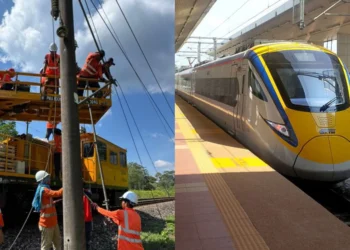Nature has meticulously etched its story across the Earth’s canvas, creating breathtaking geological wonders that capture the imagination and serve as living history books. These remarkable sites, known as geosites, offer a captivating window into our planet’s deep past and the intricate processes that have shaped its surface over millions of years. Geosites, short for geological sites, are specific locations or areas recognized for their geological significance and beauty.
Malaysia is a land of enchanting landscapes and geological wonders, boasting a rich tapestry of geosites that tell stories of our planet’s fascinating history. In that case, Melaka has caught everyone’s attention with four geosites with potential to become national geoparks. The four research geosites are Tanjung Tuan, Pulau Besar, Pulau Undan and Pulau Upeh. These geosites possess the qualities that could qualify them for national geopark status, as they exhibit remarkable geological heritage, rich biodiversity, and significant cultural heritage value.
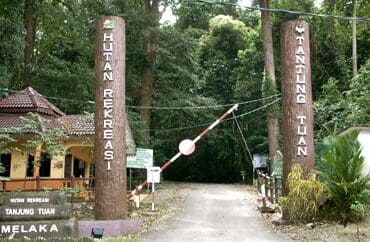
(Image soure: Heritage Malaysia)
According to Siti Aminah Abdul Sarif, the Director of the Mineral and Geoscience Department in Negeri Sembilan and Melaka, the four sites each possess distinctive attributes, comprising valuable heritage resources such as scientific significance, recreational opportunities, aesthetic appeal, and cultural elements. These attributes can be further developed to create innovative geotourism offerings.
The research on developing these geoparks started in May last year and we found that Tanjung Tuan has a complex geodiversity and rock formation which is more than 400 million years old. “In fact, in Pulau Besar, the Titiwangsa Range granite outcrops stretch to this area and have unique geological features, while Pulau Undan has a tombolo, which is a sandbar, that changes with the seasons,” she told reporters.
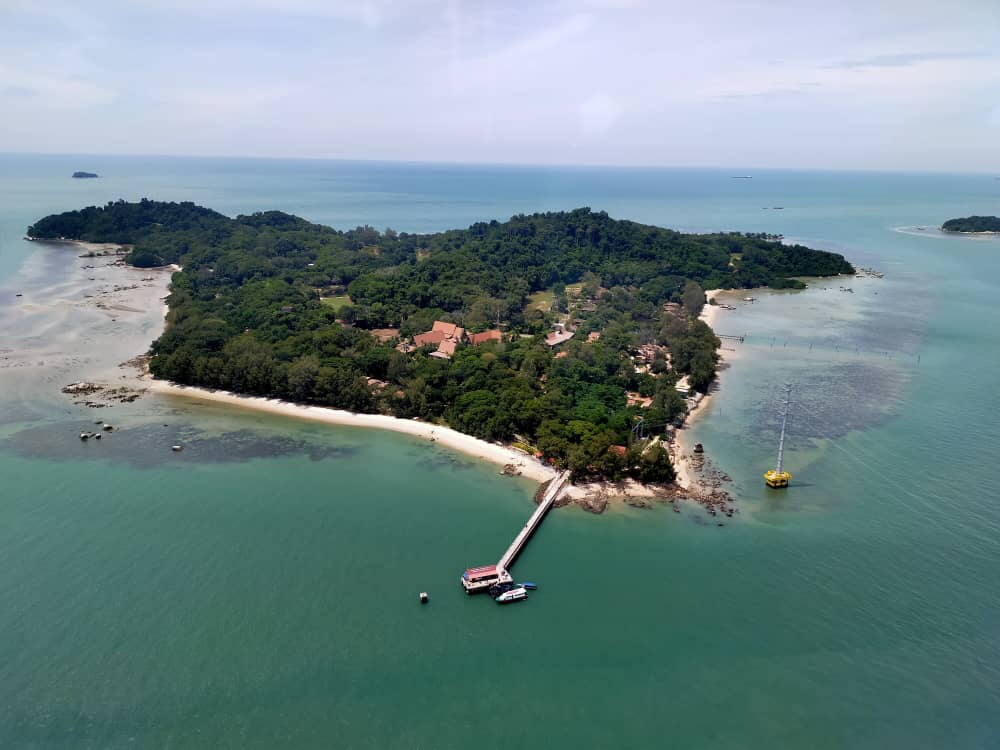
(Image source: Utusan Malaysia)
Expanding on her statement, Siti Aminah emphasized that the geological composition and diversity of these geosites will not only entice tourists to appreciate their inherent natural charm but will also enrich the scientific dimension of educational experiences in this domain.
She stated that research activities focusing on these geosites are currently in progress, with expectations of completion by the year 2026. Similarly, Noorazhar Ngatimin, the Deputy Director of the Mineral and Geoscience Department in the Planning and Development Monitoring division, underscored that geoparks are designated areas suitable for conservation, education, and the promotion of sustainable development.
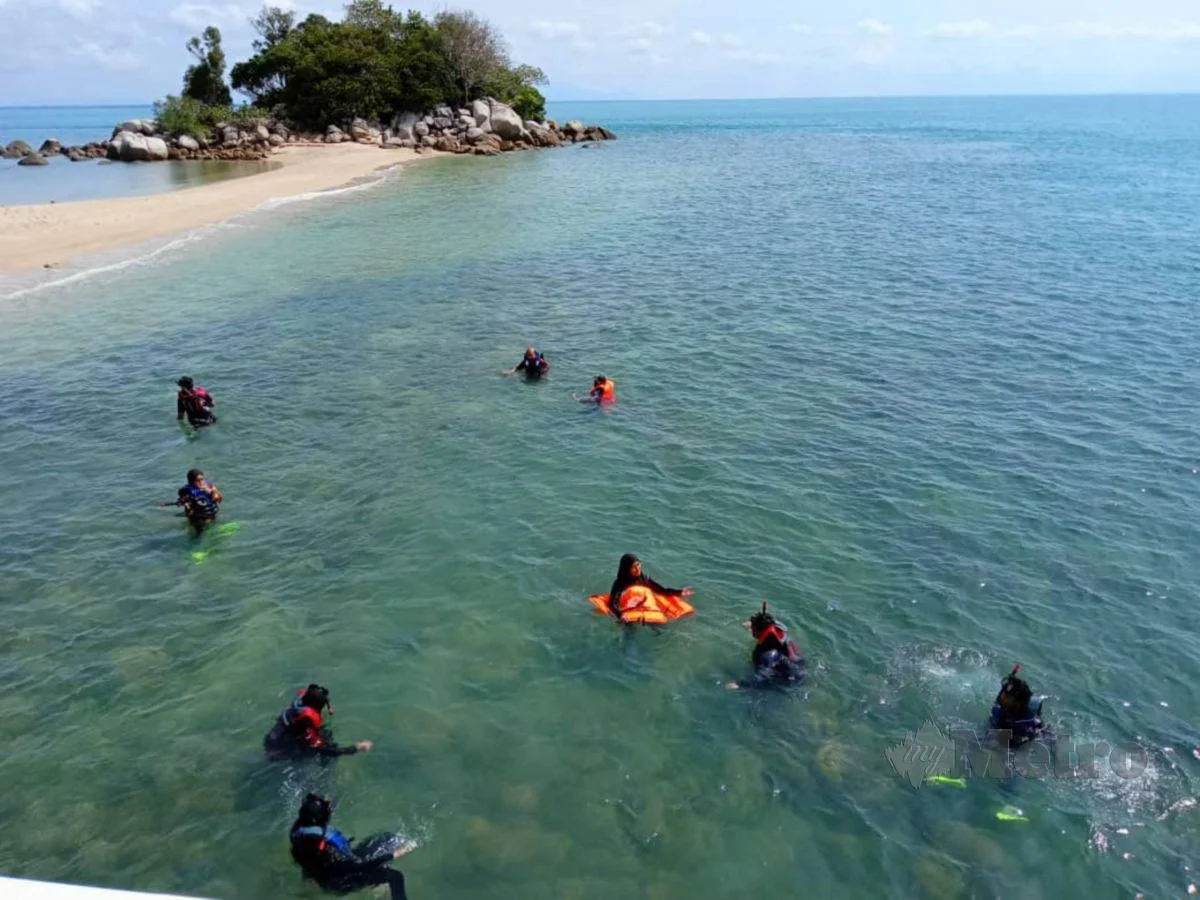
(Image source: Harian Metro)
He further explained that to attain geopark status, an evaluation report must be submitted to the National Geopark Committee. This initial designation as a national geopark represents the initial stride toward achieving the prestigious status of a world-class geopark recognized by UNESCO.
In the coming years, as these geosites transform into national geoparks, they have the potential to become beacons of knowledge, natural beauty, and cultural significance, inviting both local and international visitors to embark on a journey of discovery.
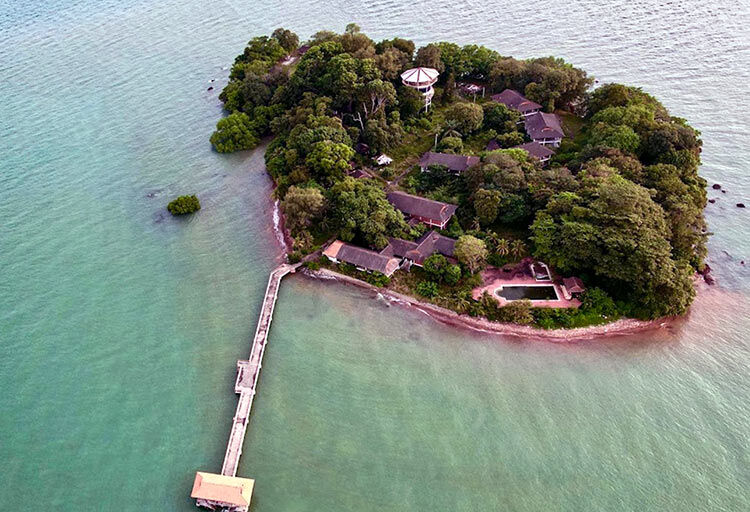
(Image source: K Hong To Rtai)
As the scientific and educational aspects of these geoparks flourish, they will further enhance our understanding of the planet we call home. This ambitious initiative not only preserves the geological legacy of the region but also offers a pathway to connect with our nation’s remarkable past and secure a sustainable future for these geological treasures.
Source: MalayMail
Follow us on Instagram, Facebook or Telegram for more updates and breaking news.





